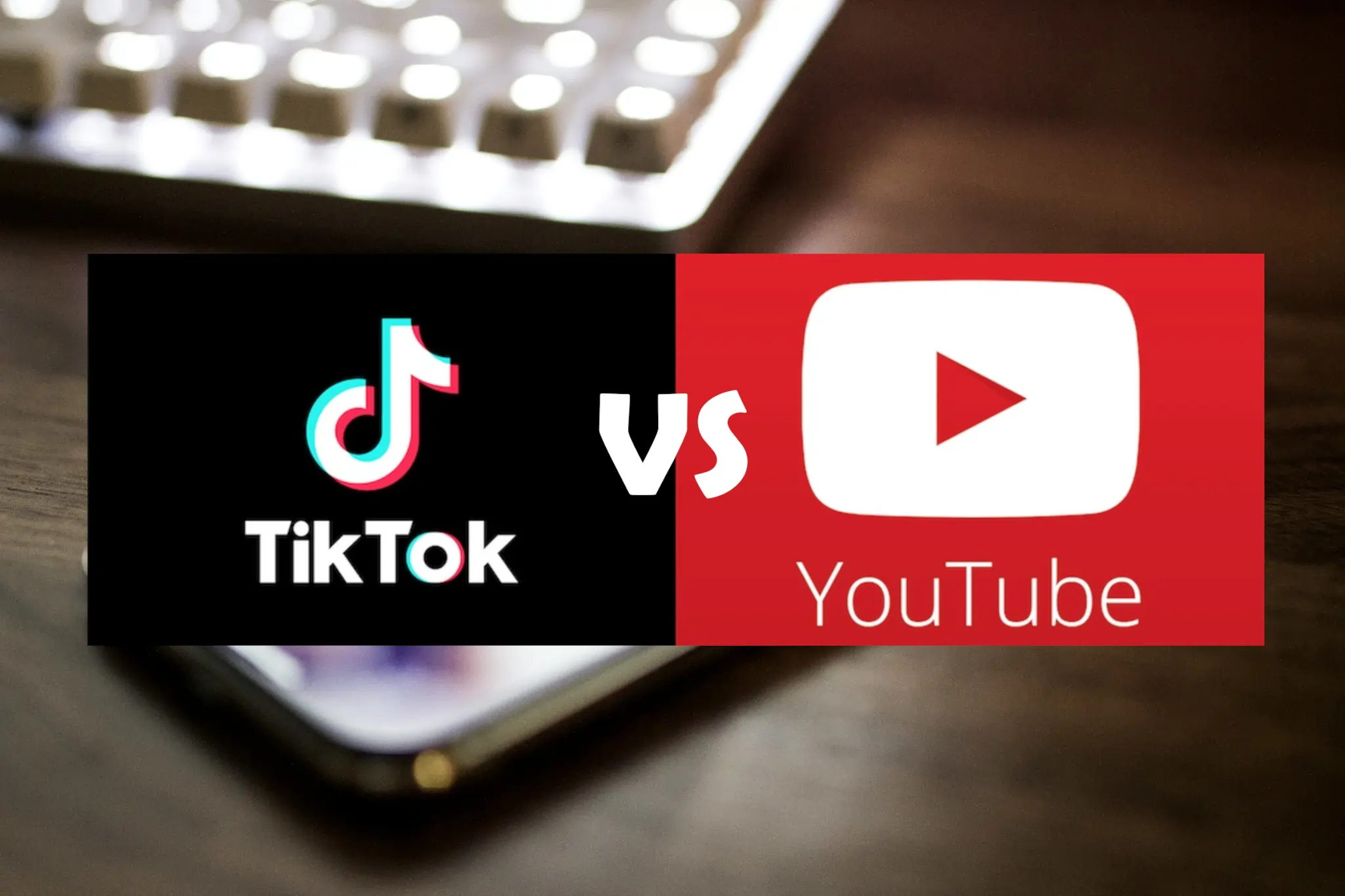South Africa’s local corporate heavyweight, Naspers, is more than just a home-grown phenomenon. Born in the early 20th century, this media conglomerate has deftly ridden the waves of technological transformation, growing from a traditional print and broadcast entity into a global internet group.
Where Did They Start?
It’s incredible to imagine that Naspers, this titan of industry, began life as Die Nasionale Pers, publishing a single newspaper, De Burger, in 1915. The company quickly expanded its operations, establishing a foothold in magazine publishing, book publishing, and ultimately, electronic media. They created M-Net, their first electronic pay-television media business, in 1985, thus taking a bold stride into the digital era.
While it is true that Naspers began its journey as Die Nasionale Pers in 1915, it’s important to recognize the transformative role that the environment and timing played in its foundation. The company was born in an era marked by the political transformation in South Africa, with the establishment of the Union of South Africa in 1910. The socio-political climate and the need for a voice representing the Afrikaner nationalist perspective shaped Naspers’ early years and influenced its rapid expansion.
The Digital Transformation
As the digital age dawned, Naspers was not a company to be left behind. In the late 90s, it launched M-Web Holdings, its first internet service provider, which also housed M-Web Blogspace, a blogging platform that quickly gained popularity in South Africa.
The transition of Naspers from a print-based company to a digital titan was an important milestone. However, a point to ponder is how the company was able to make this transformation so successfully. Key to this was their ability to identify trends and anticipate market movements. They moved into digital spaces such as online media and blogging platforms at a time when these mediums were just starting to gain popularity. This early adoption allowed them to cement their position in the digital space and continue to expand their influence.
The Global Footprint

Naspers wasn’t content with making waves in the South African market alone. It set its sights internationally, marking a significant presence in both established and emerging markets. Naspers has demonstrated a deep understanding of the interplay between risk and reward, which has guided its strategic global expansion. As an organization, they’ve never been afraid to venture into new territories and invest in burgeoning markets.
Their track record shows a remarkable ability to navigate the economic and political challenges that often accompany these emerging markets. Their strategic foresight and acumen have allowed them to tap into the potential of these markets, despite the risks, and establish a robust global footprint. In 2001, Naspers acquired a 46.5% interest in Tencent, the operator of an instant messaging platform in China, which evolved into China’s leading business of its kind.
Naspers’ voracious appetite for expansion saw it acquiring a 30% stake in Brazil’s Editora Abril and later, a significant minority stake in the Middle East’s leading eCommerce portal, Souq.com, and e-Payments firm, CashU. Naspers further expanded into the following countries:
- Middle East: Naspers continued its global expansion by acquiring a significant minority stake in Souq.com, a leading eCommerce portal in the Middle East, and CashU, a prominent e-Payments firm in the region.
- Russia: In 2007, Naspers ventured into the Russian market, acquiring a 30% stake in Mail.ru, an operator of an instant messaging service for desktop PCs and mobiles.
- Poland: In 2007, Naspers acquired Gadu-Gadu, a listed Polish instant messaging business, further cementing its influence in the European digital landscape.
- Romania: In 2012, Naspers acquired a 70% stake in eMAG, one of the biggest eCommerce sites in Romania, further establishing its dominance in the European digital market.
These strategic expansions are a testament to Naspers’ ambitious and calculated approach to exploring uncharted territories, always looking for opportunities to broaden their horizons and create impactful digital revolutions globally.
Naspers’ global expansion seems impressive, but what’s more noteworthy is the strategic thinking behind it. Naspers identified countries that were burgeoning markets and had the potential for high growth rates. Investing in these regions was not without risks, given the economic and political instabilities that often accompany emerging markets. However, Naspers’ ability to balance these risks with the potential for high returns has allowed them to reap substantial benefits and helped establish their global presence.
Ventures into Eastern Europe
Naspers’ conquest wasn’t limited to Asia, South America, and the Middle East. The company made substantial inroads into Eastern Europe. It purchased Gadu-Gadu, a popular Polish instant messaging business, and acquired Tradus, an online auction platform serving Central and Eastern Europe. Its most significant acquisition was the leading online auction site in Poland, Allegro. pl, purchased for a whopping £946 million.
Naspers’ venture into Eastern Europe, particularly its significant investment in Poland’s Allegro. pl, was a strategic move. Poland, being one of the fastest-growing economies in the European Union, provided a fertile ground for e-commerce growth. Furthermore, this move underlined Naspers’ knack for identifying platforms that would dominate in their specific regions, adding to their portfolio’s diversity and strength.
Bold Moves in Mobile Technology
Embracing the mobile technology revolution, Naspers acquired a 30% stake in MXit Lifestyle, a South African operator of a mobile instant messaging platform. It also acquired a 25% stake in BuzzCity, a global mobile media company, through its investment arm, MIH.
The acquisition of stakes in mobile technology companies showcases Naspers’ recognition of the growing influence of mobile connectivity in people’s lives. However, beyond just recognizing trends, Naspers capitalized on the potential of these platforms to bridge digital gaps, particularly in regions with low fixed-line internet penetration. This not only broadened their consumer base but also contributed to digital inclusivity.
Consolidating Print Media

Even as Naspers was actively expanding into digital territories, it didn’t abandon its traditional print roots. It consolidated all its print media, book publishing, and private education assets into its Media24 division, further strengthening its core operations.
Despite its pioneering in the digital realm, Naspers’ consolidation of its print media was a strategic move to maintain its influence in the traditional media landscape. This step underlined the company’s understanding of the unique South African market, where print media still plays a critical role, particularly in reaching rural and older demographics that might not have ready access to digital platforms.
The Dynamic Leadership
The company’s transformation can’t be discussed without mentioning CEO Koos Bekker, who owns a substantial R6bn in shares and whose annual remuneration is in the region of R680 million. His visionary leadership has been instrumental in steering Naspers toward global success.
While CEO Koos Bekker’s substantial share ownership and remuneration are often highlighted, it’s his strategic acumen and leadership style that has guided Naspers through significant transformations. His willingness to take calculated risks, foresight in identifying profitable ventures, and persistence in steering the company through challenging times have played a significant role in shaping Naspers’ success story.
Looking Towards the Future
Naspers’ journey is an example of South African corporate dynamism, demonstrating how local companies can evolve and compete on a global scale. The company’s diversification into different markets and industries has been the key to its resilience and growth.
It’s not just about making money, though. By creating job opportunities, fostering technological innovation, and facilitating easy access to information, Naspers is making a tangible difference in people’s lives. In connecting continents, Naspers is connecting people, ideas, and opportunities. And for me, that’s the most exciting part of this whole story.
Naspers’ future-oriented approach and its commitment to technological innovation set it apart. However, the company’s vision is not limited to its growth. Naspers has consistently shown commitment to improving lives through its operations. From facilitating access to education with its investment in Educor Holdings Limited to making healthcare more accessible through investments in digital health startups, Naspers’ ethos of creating a positive societal impact underscores its vision for the future.




